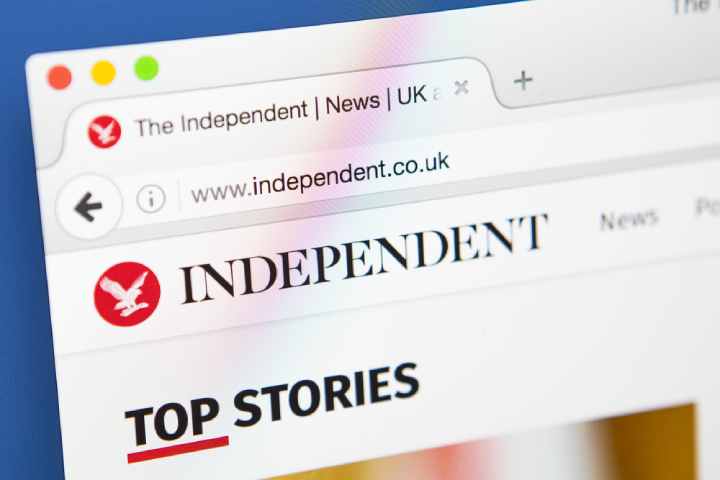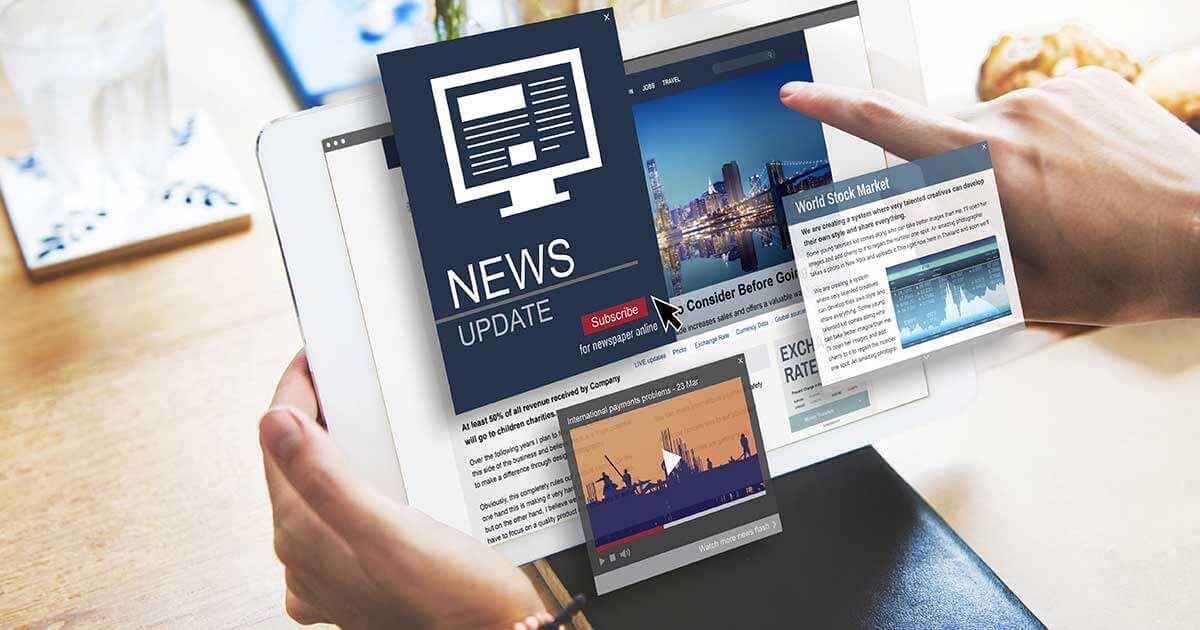Get This Report about Popular News
Wiki Article
The Definitive Guide to Popular News
Table of ContentsThe smart Trick of Popular News That Nobody is DiscussingThings about Popular NewsThe Facts About Popular News RevealedThe smart Trick of Popular News That Nobody is Discussing
Age is likewise a consider the means people watch the role of social networks. More youthful social networks news consumers are more probable to state it has actually affected their learning for the much better. About half of social media news consumers ages 18 to 29 (48%) claim information on social media sites makes them far better informed, compared with 37% of those 30 to 49, 28% of those 50 to 64, and 27% of those 65 and older.
Research study on a state's new tax code most likely won't generate the exact same interest across state boundaries. Periodically specialists can aid center a larger nationwide tale that impacts even more than simply a city or state.
If you are publishing newsworthy research, loophole in MarComm before the post being published to ensure that the pitch can emphasize the latest aspect of the tale: the publication of the research study - Popular News. Events and announcements that involve top-level numbers are most likely to produce media coverage. Brows through from national numbers usually need months of preparation as a result of expected area rate of interest
More About Popular News
We can help mitigate prospective reputational danger with these tales while additionally raising the probabilities of producing protection. While numerous of the above information worths are intertwined, human interest tales usually stand apart.
Human passion components can add information value to other stories that could seem lacking in the various other values. The novelty or curiosity of a situation can help affect whether an information outlet is likely to cover a tale. While this is not an exhaustive checklist, checking to see if your story or event has these top qualities before calling us will certainly help you determine which aspects hold the most news value.

There is also substantial evidence that even more consumers could begin to pay for news in the futureif authors can recognize them and offer them well. Fifty percent of those who do not pay for news proactively seek news and appear like customers in numerous means. And virtually 2 in 10 of those that do not register for information now indicate they are inclined to start to pay in the future.
Some Known Details About Popular News
We then ask a collection of questions to figure out whether people pay for certain kinds of news sources. We asked individuals to call the resources they make use of most oftenwhether they read more spend for them or nothow they utilize them, the particular points they take into consideration important concerning them, and some related inquiries about the price and value of that source.
Greater than 4 in 10 likewise cite the fact that close friends and family members register for the very same item. Even more than a third of people say they originally subscribed in action to a discount or promo. In print, individuals additionally are relocated greatly to sign up for obtain coupons that save them money, something that has untapped effects in digital.
Not known Details About Popular News
About fifty percent are "information hunters," indicating they proactively choose news instead of primarily running into it in an extra easy way, though the news that nonpayers are seeking (in the meantime, a minimum of) is typically regarding national politics. Like customers, a lot of these individuals additionally obtain news multiple times a day, use the news in ways similar to customers, and are interested in comparable topics, including international or international news.We asked everybody that told us they have a routine free resource of information exactly how most likely they would be to pay for it. More than a quarter (26 percent) state they would certainly go to least somewhat likely to begin spending for itand 10 percent are very or extremely likely. These likely payers often tend to be information applicants, and they additionally often tend to be individuals that already spend for an information registration along with the source they comply with absolutely free.
Of those who do pay, 54 percent sign up for papers in print or electronically, websites which stands for 29 percent of Americans overall. Most of them get a print magazine together with their paper and spend for two to four information resources in total, some a lot more. And while 53 percent are long-time clients (5+ years), greater than a quarter (27 percent) have acquired their paper subscription within the past year.
Visit Website Couple of print customers believe it most likely they will change to a digital-only membership in the future, and even more than half of those who prefer electronic have never spent for a print variation of the same source (Popular News). Fully 75 percent of newspaper payers claim they primarily read the paper in print, while 21 percent are primarily electronic users, and 4 percent explain themselves as equally split
Report this wiki page